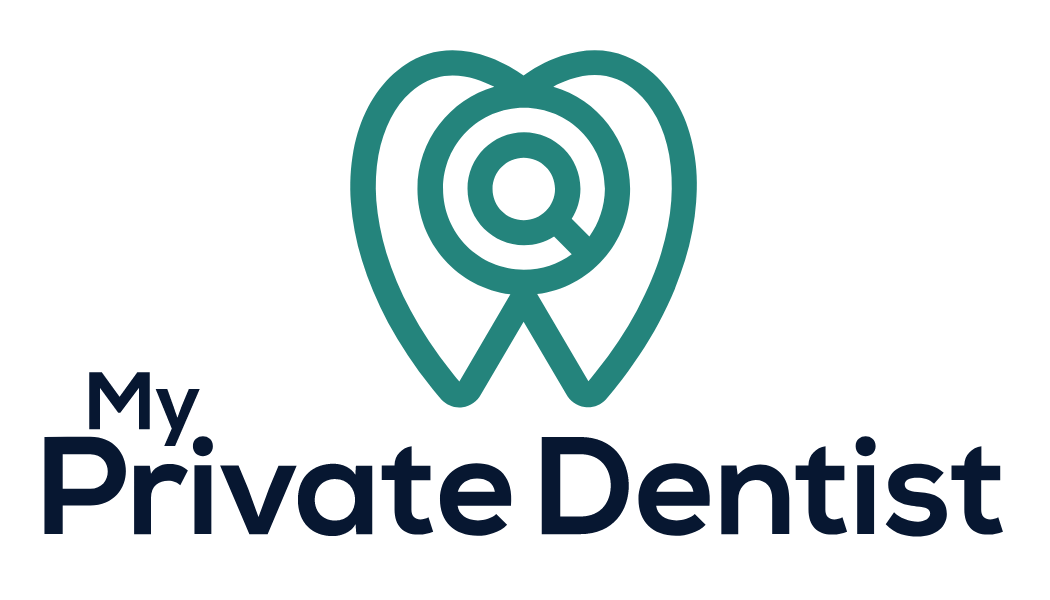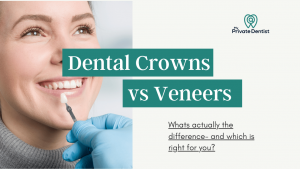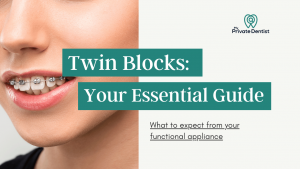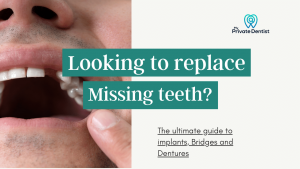As a dentist, I am often asked about the best way to clean between teeth.
Two of the most popular options are interdental brushes and dental floss. While both are effective at removing plaque and food debris from between teeth, there are some differences to consider.
Interdental brushes are small, cone-shaped brushes that are designed to fit between teeth. They come in various sizes to accommodate different tooth spacing.
Dental floss, on the other hand, is a thin thread that is inserted between teeth and moved back and forth to remove plaque and debris. Both interdental brushes and dental floss can be effective at removing plaque and debris from between teeth, but which one is better? In this article, I will explore the pros and cons of each option to help you make an informed decision.
Key Takeaways – Interdental brushes Vs Floss
- Interdental brushes may be more effective for people with larger spaces between their teeth, while dental floss may be better for those with tight spaces.
- Interdental brushes and dental floss are both effective at removing plaque and debris from between teeth.
- The best option for you depends on your individual needs and preferences, so it’s important to talk to your dentist or dental hygienist to determine the best tool for your oral hygiene routine.
Understanding Interdental Brushes
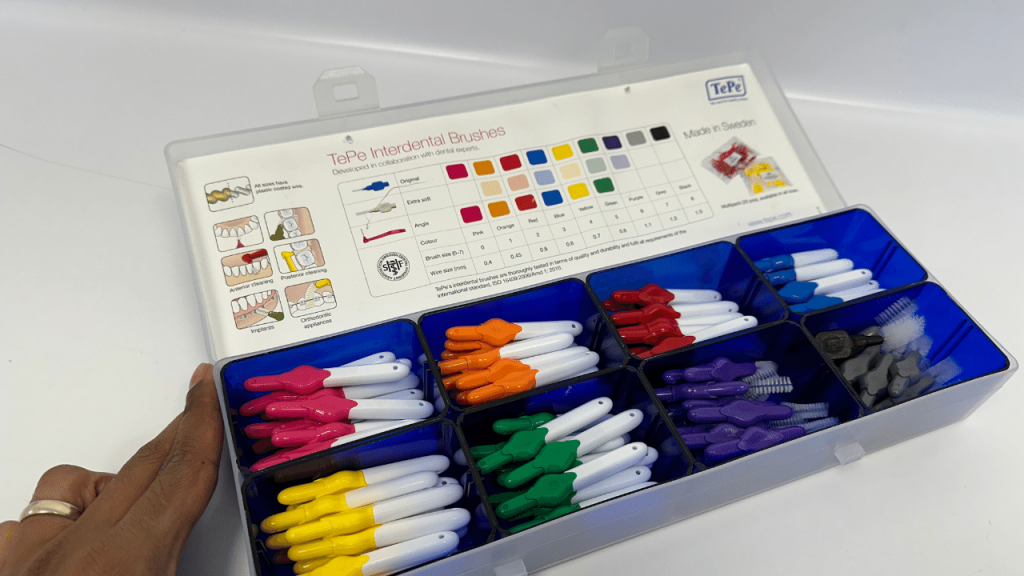
As a dental professional, I often recommend interdental brushes as an effective tool for cleaning between teeth (1). Interdental brushes are small, thin brushes designed to clean the spaces between teeth, where traditional toothbrushes and floss may not reach.
Design and Functionality
Interdental brushes come in a variety of sizes and shapes to fit different gaps between teeth. They consist of a small, soft bristle head attached to a thin wire or plastic handle. The bristles are designed to be flexible, so they can bend and adapt to the contours of teeth and gums.
The bristles are usually made of nylon or other synthetic materials, which are gentle on the teeth and gums. Some interdental brushes also have a coating of antibacterial agents to help reduce the risk of gum disease.
Suitability for Different Gaps
Interdental brushes are suitable for people with gaps between their teeth that are too large for floss, or for those who find flossing difficult or uncomfortable. They are particularly useful for people with braces or other dental appliances, as they can clean around wires and brackets more effectively than floss.

It’s important to choose the right size of interdental brush for your teeth, as using a brush that is too small or too large can be ineffective or even cause damage to the teeth or gums. Your dentist or dental hygienist can advise you on the best size and shape of interdental brush for your needs.
Ease of Use
Interdental brushes are easy to use, but it may take some practice to get used to using them effectively. To use an interdental brush, simply insert the brush into the gap between your teeth, and gently move it back and forth to remove plaque and food particles.
Interdental brushes can be used once a day, preferably before brushing your teeth, to help maintain good oral hygiene. They should be replaced regularly, as the bristles can become worn and less effective over time.
Overall, interdental brushes are a useful tool for maintaining good oral hygiene, especially for people with gaps between their teeth. When used correctly, they can help to prevent gum disease and tooth decay, and keep your teeth and gums healthy.
Recommended Products
TePe Interdental Brushes Original Mixed Pack
Why I recommend these interdental brushes?
This is a great starter pack if you’re new to interdental brushing. The pack comes with one brush of each size (size 0 to size 7). You can then trial the brushes and see which ones fit best in which spaces. Usually you will find that around 2-3 brushes will do all the spaces. Remember you want the brush to just fit into the space, meaning the bristles will engage with the tooth surface well enough to remove plaque.
Alternatively if you were to see a dentist or hygienist they could do the sizing for you and advised you on which sizes you need. then you could buy the bags of the one or two colours which are right for you.
Also consider…
Best Budget Interdental Brushes – Nuenen 30 Pieces Interdental Brushes
Best Eco Friendly Brushes – DenTek Earth Friendly Birch Wood Interdental Brushes
TOP TIPS FOR USING INTERDENTAL BRUSHES
Tepe brushes often come with lids, but did you know this can be placed on the back of the brush as a handle. This elongates the brush helping to reach areas at the back of the mouth.
Using your finger to angle the metal wire, to between 70-80 degrees can help get into tight spaces.
Tepes are reusable. Just make sure you’re keeping them clean and dry.
You may want to dip your interdental brush in an antiseptic mouthwash before use, to get both the benefits from the bristles, and the antibacterial properties of the mouthwash.
If you find the brushes bending when you place them between teeth you’re using a size too big for the space.
Exploring Dental Floss
As a dental professional, I often recommend flossing as an essential part of a good oral hygiene routine. Flossing helps to remove plaque and food particles from between teeth and along the gum line, where toothbrushes can’t reach. There are several types of floss available, and the technique used can also affect its effectiveness.

Types of Floss
There are two main types of dental floss: waxed and unwaxed. Waxed floss is coated with a thin layer of wax, making it easier to slide between teeth. It is less likely to shred or break than unwaxed floss, making it a good choice for people with tight spaces between their teeth or those who are new to flossing. Unwaxed floss is thinner and can be more challenging to use, but it is still effective at removing plaque and debris.
Another type of floss is dental tape, which is wider and flatter than regular floss. It is better suited for people with wider gaps between their teeth. There are also flavoured flosses available, which can make flossing more enjoyable and encourage people to floss more regularly.
Technique and Effectiveness
To use floss effectively, it’s essential to use the correct technique. Start by breaking off a piece of floss about 18 inches long. Wind most of the floss around one finger, leaving a few inches of floss to work with. Hold the floss tightly between your thumbs and forefingers and gently guide it between your teeth using a back-and-forth motion. Curve the floss around the base of each tooth, making sure to go beneath the gum line. Use a clean section of floss for each tooth to avoid transferring plaque and bacteria.

Flossing can be an effective way to remove plaque and prevent gum disease, but it’s important to use the correct technique and floss regularly. If you’re unsure about how to floss correctly, ask your dental professional for advice.
We have written an article on specifically on how to floss which is well worth checking out.
Recommended Product
Oral B Satin Tape Dental Waxed Mint Floss
Why I recommend this dental floss?
This is the dental floss I use personally and professionally. After restoring a tooth I always use floss to check the contact points and use this specific floss several times a day to demonstrate oral hygiene techniques to my patients.
The strength of the floss is really commendable as I’ve often used it to wrap around stubborn bridgework to remove the old bridge when a patient needs a new one.
Remember if your floss is tearing or shredding in a particular areas, its likely that the tooth will need professional attention, and you may need a filling replacing.
Also consider…
Best Budget Floss – Wisdom Dental Tape 50m (Pack of 3)
Best Eco Friendly Floss – Better Eco | 100% Plastic Free & Biodegradable Silk Dental Floss
Comparing Interdental Brushes vs Floss
As someone who has used both interdental brushes and floss, I can confidently say that both have their pros and cons. In this section, I will compare the effectiveness of these two tools in plaque removal and user preferences and accessibility.
Effectiveness in Plaque Removal
Interdental Brushes: 8/10
Floss: 9/10
When it comes to removing plaque, both interdental brushes and floss are effective. However, interdental brushes are better at removing plaque from hard-to-reach areas, such as the back teeth and the spaces between teeth that are wider than average. This is because the bristles of the interdental brush can reach further into these spaces than floss can.
On the other hand, floss is better at removing plaque from tight spaces between teeth. This is because floss can wrap around the teeth and scrape away plaque more effectively. Floss is also better at removing plaque from below the gumline.
User Preferences and Accessibility
Interdental Brushes: 9/10
Floss: 7/10
Interdental brushes and floss both have their fans, but some people prefer one over the other. Interdental brushes are easier to use for people with dexterity issues, such as arthritis, as they require less manual dexterity than floss. They are also less likely to break or fray than floss.
Floss, on the other hand, is more widely available and can be found in most supermarkets and drugstores. Interdental brushes can be harder to find and may need to be purchased from a specialist retailer. Floss is also more portable than interdental brushes and can be easily taken on the go.
Conclusion
In conclusion, both interdental brushes and floss are effective tools for cleaning between teeth. However, the choice between the two depends on personal preference and individual needs.
Interdental brushes are more effective for cleaning larger spaces between teeth and are easier to use for those with dexterity issues. They also come in a variety of sizes to fit different gaps. On the other hand, floss is better for cleaning tight spaces and is more portable.
It is important to note that neither interdental brushes nor floss can replace regular brushing, which is the most important aspect of oral hygiene. It is recommended to use interdental brushes or floss at least once a day in addition to brushing for optimal oral health.
Ultimately, the choice between interdental brushes and floss should be based on personal preference and the recommendation of a dental professional. Regular use of either tool, combined with proper brushing technique, can lead to a healthier mouth and a brighter smile.
Frequently Asked Questions
What are the benefits of using interdental brushes compared to traditional floss?
Interdental brushes have several advantages over traditional floss. Firstly, they are easier to use, especially for people with limited dexterity or arthritis. Secondly, interdental brushes are more effective in removing plaque and food debris from between teeth. They can reach areas that floss cannot, such as the back teeth. Finally, interdental brushes are less likely to cause bleeding or discomfort, making them a more comfortable option for people with sensitive gums.
Can interdental brushes lead to the creation of gaps between teeth?
No, interdental brushes should not lead to the creation of gaps between teeth. In fact, regular use of interdental brushes can help prevent the development of gaps by removing plaque and food debris that can contribute to tooth decay and gum disease.
How do interdental brushes compare with Waterpiks in terms of dental hygiene?
Interdental brushes and Waterpiks are both effective tools for maintaining good oral hygiene. However, they work in different ways. Interdental brushes physically remove plaque and food debris from between teeth, while Waterpiks use a stream of water to flush out bacteria and debris. Both tools have their advantages and disadvantages, so it is important to discuss with your dentist which option is best for you.
Are interdental brushes designed for multiple uses, and how often should they be replaced?
Interdental brushes are designed for multiple uses, but they should be replaced regularly to ensure they remain effective. The frequency of replacement depends on several factors, such as the size of the brush and how often it is used. As a general rule, interdental brushes should be replaced every two to four weeks, or sooner if the bristles become frayed or worn.
When is the most effective time to use interdental brushes in a dental care routine?
Interdental brushes should be used at least once a day, ideally before brushing your teeth. This helps to remove plaque and food debris from between teeth, allowing your toothbrush to clean more effectively. However, you can also use interdental brushes after brushing if you prefer.
What are the potential drawbacks of using interdental brushes for oral care?
Interdental brushes can cause discomfort or bleeding if used incorrectly or if the bristles are too hard. It is important to choose the correct size and shape of brush for your teeth, and to use gentle pressure when cleaning between teeth. Additionally, interdental brushes may not be suitable for people with certain dental conditions, such as gum disease or braces, so it is important to consult with your dentist before using them.
